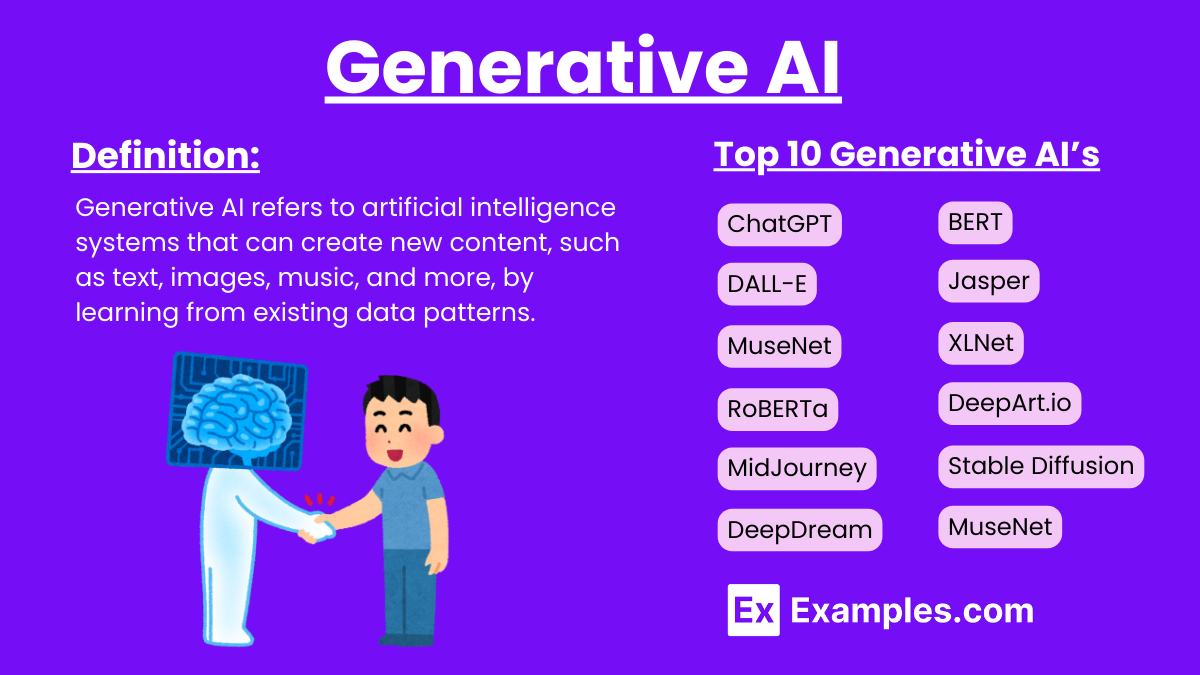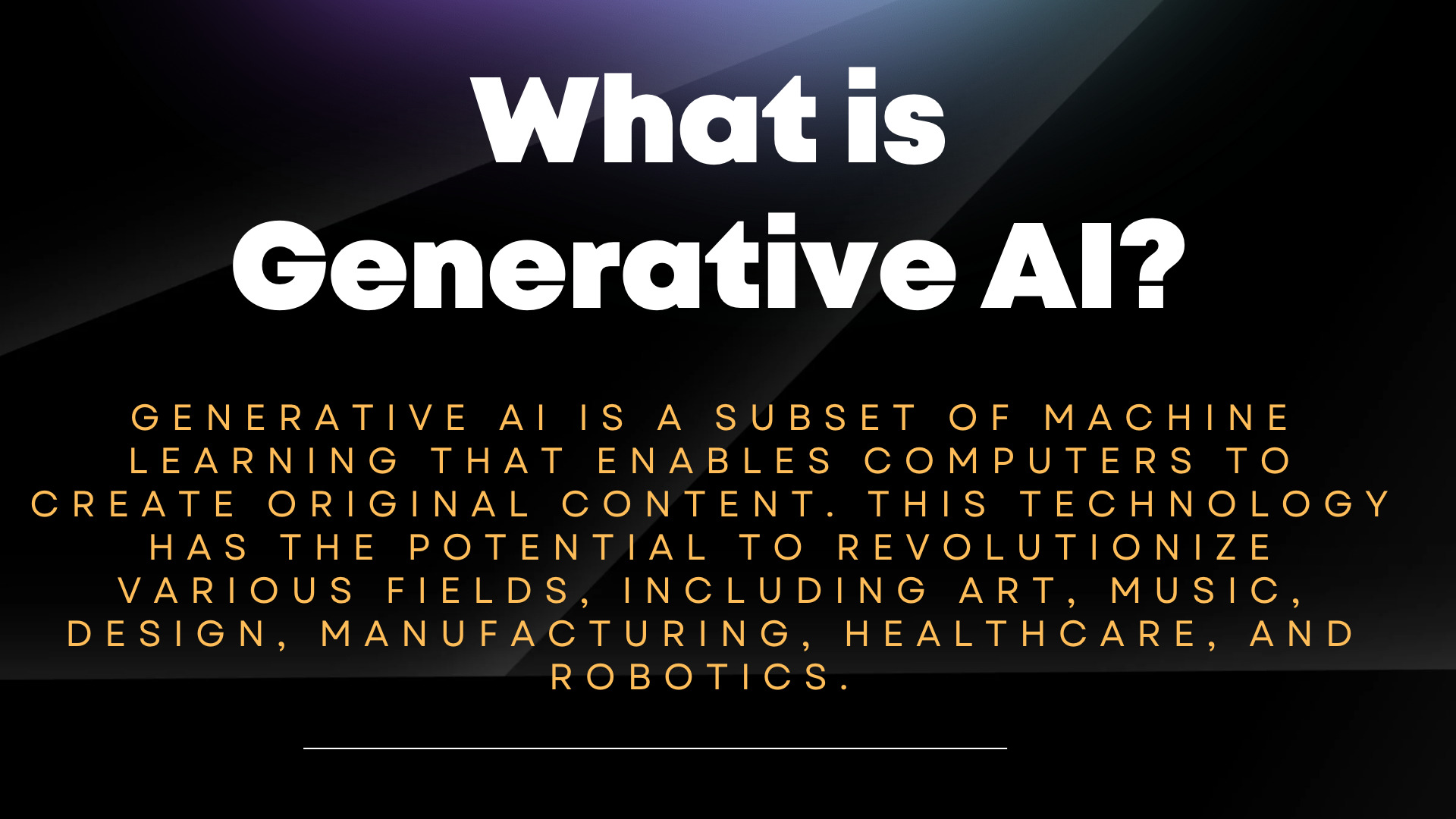Featured
Table of Contents
For example, such models are trained, utilizing millions of examples, to predict whether a particular X-ray reveals indications of a tumor or if a particular borrower is likely to back-pedal a car loan. Generative AI can be taken a machine-learning version that is educated to develop new data, instead than making a prediction regarding a particular dataset.
"When it pertains to the actual machinery underlying generative AI and various other kinds of AI, the differences can be a bit blurry. Often, the very same formulas can be utilized for both," states Phillip Isola, an associate professor of electric design and computer technology at MIT, and a participant of the Computer technology and Expert System Lab (CSAIL).
&v=1218647597484)
Yet one huge difference is that ChatGPT is much bigger and much more complex, with billions of specifications. And it has been educated on an enormous amount of data in this instance, much of the openly readily available message on the net. In this huge corpus of text, words and sentences show up in turn with certain dependencies.
It finds out the patterns of these blocks of message and uses this understanding to propose what could follow. While larger datasets are one catalyst that led to the generative AI boom, a variety of significant research advancements additionally led to more complex deep-learning designs. In 2014, a machine-learning style called a generative adversarial network (GAN) was suggested by researchers at the College of Montreal.
The generator tries to fool the discriminator, and at the same time finds out to make more realistic outputs. The image generator StyleGAN is based on these kinds of models. Diffusion models were introduced a year later on by researchers at Stanford College and the University of California at Berkeley. By iteratively improving their outcome, these versions find out to generate new information samples that resemble samples in a training dataset, and have been utilized to create realistic-looking pictures.
These are just a few of numerous approaches that can be utilized for generative AI. What all of these techniques share is that they convert inputs right into a collection of symbols, which are numerical representations of portions of data. As long as your data can be exchanged this criterion, token style, then in theory, you could apply these approaches to create new data that look comparable.
Ai For Mobile Apps
While generative models can achieve unbelievable outcomes, they aren't the finest choice for all kinds of information. For jobs that include making predictions on organized information, like the tabular information in a spread sheet, generative AI versions have a tendency to be outmatched by typical machine-learning approaches, says Devavrat Shah, the Andrew and Erna Viterbi Teacher in Electric Engineering and Computer Technology at MIT and a member of IDSS and of the Laboratory for Details and Decision Solutions.

Previously, people had to speak with devices in the language of equipments to make points take place (AI-powered automation). Now, this user interface has actually determined exactly how to talk with both human beings and makers," claims Shah. Generative AI chatbots are now being made use of in call facilities to field inquiries from human consumers, but this application highlights one potential red flag of applying these designs worker displacement
Sentiment Analysis
One appealing future instructions Isola sees for generative AI is its use for manufacture. Rather of having a version make a picture of a chair, probably it can produce a prepare for a chair that can be generated. He likewise sees future uses for generative AI systems in establishing more normally intelligent AI representatives.
We have the ability to think and dream in our heads, to come up with intriguing ideas or strategies, and I believe generative AI is among the tools that will empower representatives to do that, as well," Isola states.
Ai Job Market
2 extra current breakthroughs that will certainly be talked about in more information listed below have actually played a vital component in generative AI going mainstream: transformers and the breakthrough language designs they made it possible for. Transformers are a kind of device discovering that made it possible for researchers to train ever-larger models without needing to classify all of the data beforehand.

This is the basis for tools like Dall-E that immediately develop pictures from a text summary or create text subtitles from pictures. These developments regardless of, we are still in the very early days of making use of generative AI to create understandable message and photorealistic stylized graphics.
Moving forward, this innovation could aid compose code, design new medications, create products, redesign organization processes and transform supply chains. Generative AI begins with a punctual that can be in the kind of a message, a picture, a video clip, a style, music notes, or any input that the AI system can process.
Scientists have been producing AI and other devices for programmatically generating content considering that the very early days of AI. The earliest techniques, recognized as rule-based systems and later on as "expert systems," utilized explicitly crafted rules for generating feedbacks or data sets. Semantic networks, which form the basis of much of the AI and artificial intelligence applications today, flipped the trouble around.
Developed in the 1950s and 1960s, the initial neural networks were limited by a lack of computational power and tiny data collections. It was not until the arrival of huge data in the mid-2000s and improvements in computer system hardware that semantic networks became functional for generating web content. The area increased when scientists located a means to get neural networks to run in identical throughout the graphics refining units (GPUs) that were being utilized in the computer system video gaming sector to make video games.
ChatGPT, Dall-E and Gemini (previously Bard) are preferred generative AI interfaces. Dall-E. Educated on a big data collection of images and their associated message descriptions, Dall-E is an instance of a multimodal AI application that recognizes connections across numerous media, such as vision, message and audio. In this case, it links the meaning of words to visual components.
What Is Edge Computing In Ai?
Dall-E 2, a 2nd, a lot more capable variation, was launched in 2022. It allows users to generate images in multiple designs driven by individual motivates. ChatGPT. The AI-powered chatbot that took the world by storm in November 2022 was developed on OpenAI's GPT-3.5 application. OpenAI has actually given a means to engage and tweak message reactions via a conversation interface with interactive feedback.
GPT-4 was launched March 14, 2023. ChatGPT integrates the history of its discussion with a user into its results, imitating an actual conversation. After the extraordinary appeal of the brand-new GPT interface, Microsoft introduced a significant brand-new investment into OpenAI and incorporated a variation of GPT right into its Bing internet search engine.
Latest Posts
How Does Ai Work?
How Does Ai Create Art?
What Is Edge Computing In Ai?